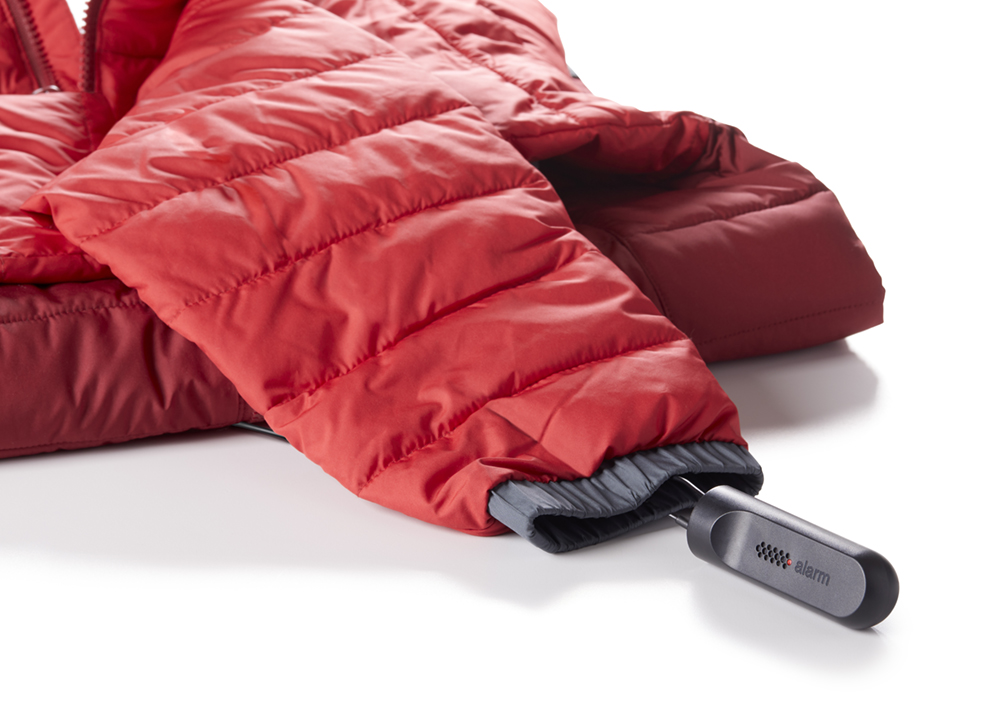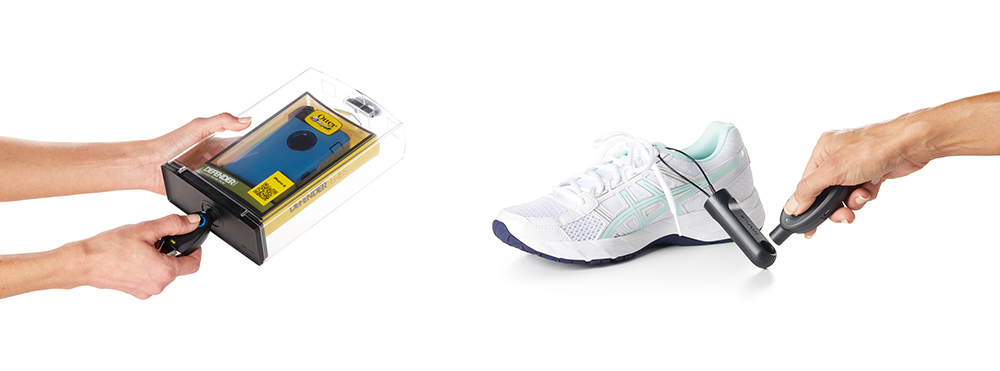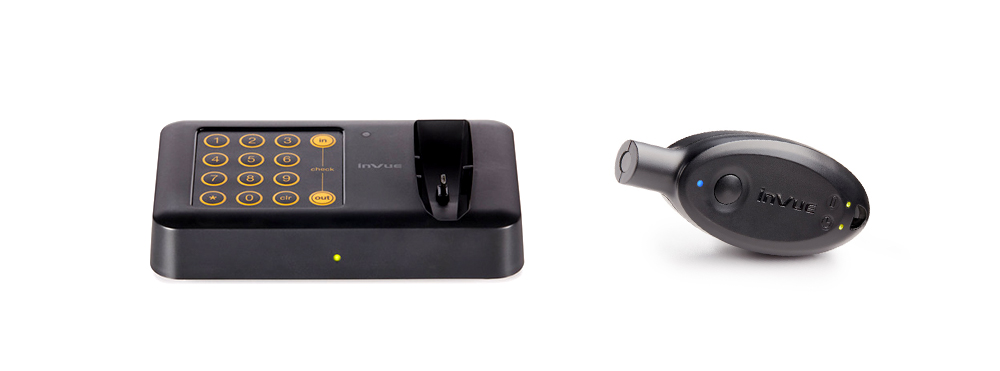Have you considered magnet-resistant security tags?

Whether it’s apparel, liquor or electronics, when it comes to protecting valuable or commonly stolen items from theft, occasionally you need to think outside the box.
And a highly effective method of defeating the clued-up modern shoplifter is through the use of magnet-resistant tags.
So, what are magnet-resistant tags, when can they be used and what benefits do they offer?
Why use a magnet-resistant security tag?
The security tags that work as part of electronic article surveillance (EAS) are now stronger, better and more reliable than ever before, with most utilising magnets to lock them into position on clothing or products.
If your security tags feature high-strength magnets like Superlock, Hyperlock and Multipolar, they’re likely to be highly resistant to or, in the latter case, impervious to tampering.
Unfortunately, however, in the modern age, lower-strength magnetic tag detachers can be sourced by shoplifters on the internet, which means standard strength or older tags might be prone to tampering and illicit removal.
There are two ways to get around this phenomenon as a retailer:
- Employ higher strength magnetic tags (we recommend Superlock as the absolute minimum, with anything above that offering increased security).
- Opt for magnet-resistant tags
What is a magnet-resistant tag?

Rather than relying on magnetic locking, magnet resistant tags utilise other methods, including keys and locks that operate via electronic programming.
One of the best systems we currently have available is InVue, which utilises smart keys rather than detachers to unlock a series of loss prevention tools including safers, cable lock tags, liquor bottle security tops, cabinets, electronics displays and a whole lot more.
So how does it work?
The InVue OneKey

Basically, InVue has come up with a really neat system where one electronic key can be programmed to open one lock or a series of compatible locks.
These locks are available for a host of areas in a retail outlet. As we mentioned they range from glass cabinet locks to stock drawer locks, electronics displays and stands, safers, spider wraps, apparel cable locks for EAS tags, and EAS liquor bottle tops.
Not only does the technology eliminate the use of magnets in tags, it offers a host of benefits to the retailer.
InVue OneKey benefits
A key feature of the InVue OneKey system is its programming. When used in conjunction with the InVue Access Manager, a retailer can program a key specifically for an individual retail associate and the areas where they operate.
That means a sales associate can open any InVue lock in their section, using one simple key. The software also tracks which employee has accessed what lock, offering retailers an insight into staff performance and sales, while mitigating employee theft.
Meanwhile, these keys also time out, so if a smart key is stolen, it cannot be used to access and open locks in the future.
This gives retailers a whole host of flexibility. They can have a key at the POS to detach InVue cable locks and tags or safers and wraps, they can allocate keys to staff so they open displays and cabinets on the floor, and they can see who has accessed what.
In the interim, they can rest assured their relevant products are still being protected with EAS, and stolen or lost keys do not present a security issue.
Ultimately, the system can also speed up service and store operations. It eliminates the need to find the right key for the right lock, saves time at the POS and offers a security system that is state of the art.
